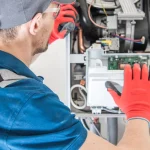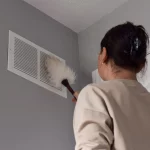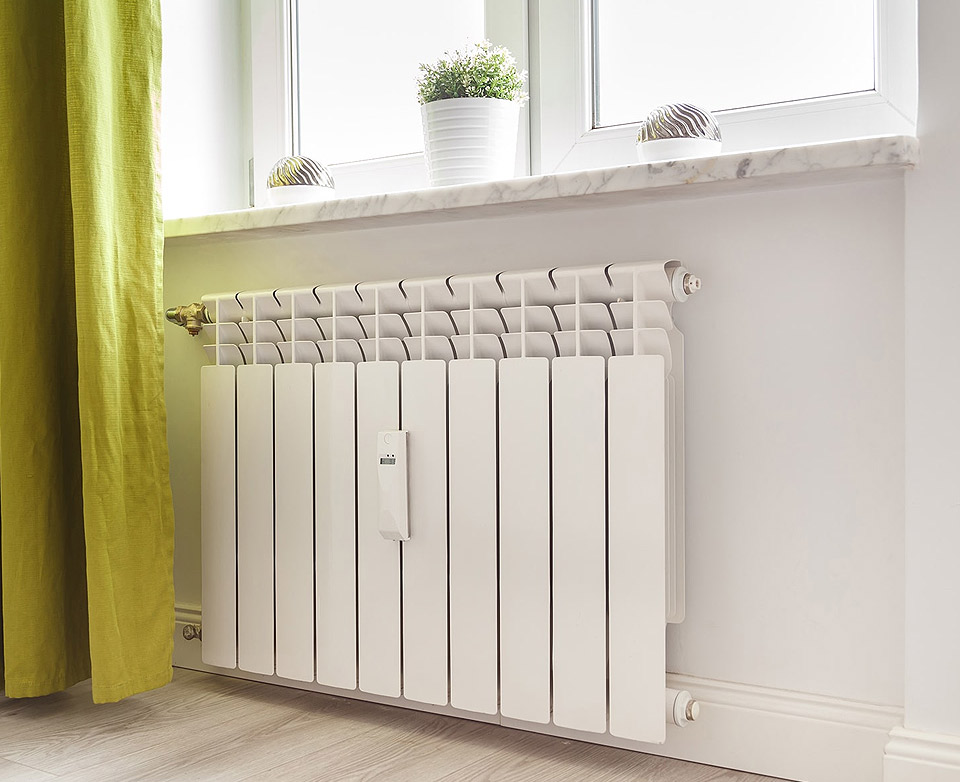
Why Your AC Installation Calls for Triple Evacuation
Triple evacuation is a crucial process during the installation of an air conditioning (AC) or refrigeration system. It involves evacuating the system three times to remove air, moisture, and contaminants from the refrigerant lines and components. Here’s why triple evacuation is important:
- Removal of Air: Air contains oxygen, which can lead to oxidation and corrosion within the system. Air can also act as an insulator, reducing the system’s cooling capacity and efficiency. Removing air ensures that the refrigerant can operate efficiently and prevents damage to components.
- Removal of Moisture: Moisture in the refrigeration system is a significant concern. Water can freeze at low temperatures, causing blockages in the system. It can also react with the refrigerant to form acids that corrode components, leading to system breakdown. Additionally, moisture can degrade the lubricating oil in the compressor, reducing its lifespan and efficiency.
- Removal of Contaminants: Contaminants, such as dirt, debris, and particles, can enter the system during installation or through leaks. These contaminants can clog components like expansion valves and capillary tubes, impair heat transfer, and reduce overall system efficiency. Removing contaminants ensures the system operates smoothly and efficiently.
The triple evacuation process involves the following steps:
- First Evacuation: During the first evacuation, a vacuum pump is used to remove air, moisture, and some contaminants from the system. This initial evacuation brings the system to a low pressure, typically around 500 microns or less. This step removes the bulk of the unwanted substances.
- Nitrogen Purge: After the first evacuation, a nitrogen purge is often performed. Dry nitrogen gas is introduced into the system to help dislodge and carry away any remaining moisture, air, and contaminants. This step further cleanses the system.
- Second Evacuation: Following the nitrogen purge, a second evacuation is conducted to remove any residual contaminants that may have been dislodged during the purge. This evacuation typically brings the system to an even lower pressure, such as 300 microns or less, ensuring that the system is clean and free from unwanted substances.
- Leak Testing: After the triple evacuation, the system is often pressurized with dry nitrogen to check for leaks. Any leaks detected are repaired before proceeding with the final steps of the installation.
- Refrigerant Charging: Once the system has been thoroughly evacuated, leak-tested, and confirmed to be clean and dry, it’s ready for refrigerant charging. Refrigerant is added to the system to the manufacturer’s specifications.
Triple evacuation is a critical step in the installation process because it helps ensure the longevity, efficiency, and proper operation of the AC or refrigeration system. It minimizes the risk of problems caused by air, moisture, and contaminants, and it’s considered a standard practice in the HVAC and refrigeration industry. Properly trained and certified technicians typically perform triple evacuation to meet industry standards and ensure the system’s reliability.










